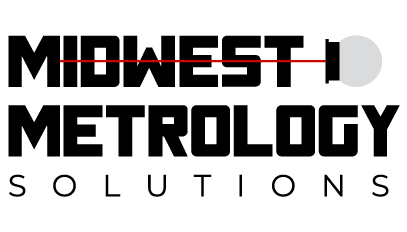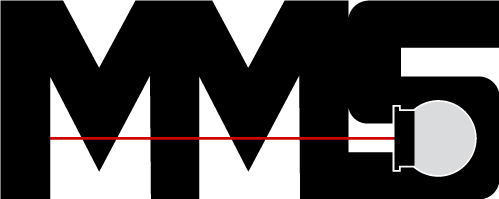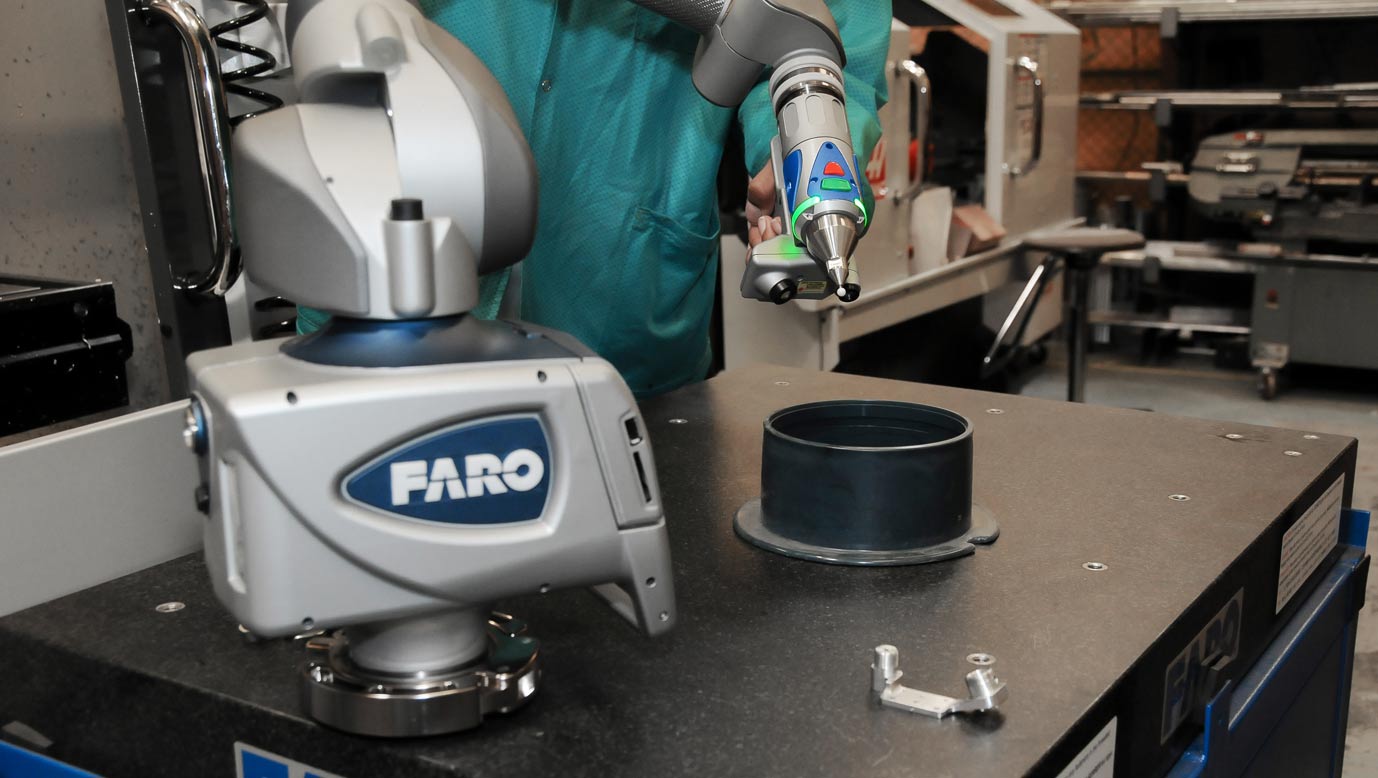What is Reverse Engineering?
Reverse Engineering has been around since the beginning of time in one way or another. It is a process utilized by many different businesses across the world and across many different industries. The traditional process of engineering starts with a problem and ends with a part or process that creates a solution. Reverse engineering is exactly what it sounds like; it starts on the other end of the traditional engineering process. Rather than developing a new part to solve a problem, you start with a part that already exists and use today’s powerful technology to extract the dimensions needed to accomplish your ultimate goal. A company’s need for reverse engineering can be a wide range of optimization opportunities. Whether it is an aftermarket part manufacturer for a Polaris Razor or Jay Leno needing to reproduce a part for one of his cars, reverse engineering and high precision metrology equipment can make that possible.
Create an already existing part by using 3-D Scanning Technology.
Using a 3-D scanning technology, data points can be collected and triangulated to create a virtual representation of an already existing part. This virtual representation can be used to make a CAD model or even exact specific dimension needed to assist the process of reproducing an already tangible part. For instance, when Polaris releases a new model of RZR to the public, several aftermarket part manufacturers are seeing the new design for the first time. These companies can purchase the RZR and use reverse engineering to dimension parts such as the frame, body, or engine. Once a company has this information, they can now begin the process of designing and fitting aftermarket parts for the RZR including windshields, under-carriage skid plates, doors, and exhaust systems to name a few.
Reverse engineering can also be utilized on a much larger scale.
As warehouses begin to spring up across the country and continue to expand their services, a large volume 3-D scanner can help create an as-built virtual representation of the building. This virtual representation can then be given to the HVAC company, for example, allowing them to have an as-built representation of the building. This allows them to plan out their work and gives the opportunity to ensure they are as efficient as possible. They can then go as far as to contact the electric company and ensure their plans coincide and there will be no interference between the two. Not only does it take the guess-work out of the equation, but it also reduces waste and bottom line cost.
Reverse engineering saves an incalculable amount of time, money, and R&D work.
It does so by taking advantage of tangible parts and developing a virtual part that can be manipulated in 3-D software such as AutoCAD and Solidworks. Reverse engineering opens up a huge aftermarket opportunity while also helping with the reproduction of parts whose manufacturer is no longer in business. Check out this video of Jay Leno utilizing a Faro Arm Laser Scanner to reproduce a part for his car.


